- How to shape your CX design & change process
- 1) Customer Journey Mapping and Customer Journey Thinking
- 2) ‘Innovation through Design Thinking’ and ‘Service design thinking’
- 3) Continuous Improvement based on customer insight
- Join the conversation & let’s learn from each other
- Want to grow your Customer Experience competences?
- Customer Experience Framework and about this blog series
- Book recommendations on Discipline #3
How to shape your CX design & change process
Once you have determined what your Customer Experience strategy should look like and you have good Customer Understanding, you will need to shape your CX design: having clear repeatable processes and frameworks in place to design the customer experience you want to deliver or redesign the one you are currently offering. To do so, you can use at least three frameworks, not necessarily in this order.
1) Customer Journey Mapping and Customer Journey Thinking
To actively influence your customers’ decision process when buying a product or ordering a service, you need to know which path they are walking, at which moments they are making decisions and how you are interacting with them at each moment along the way. The most common tool used for this is “Customer Journey Mapping” and the deepest and effective way is to propel also a wider “Customer Journey Thinking”. To do so, the Temkin Group recommends that organizations teach employees to consistently think about the following five questions:
- Who is the customer? For which persona is this map? This is a great place to use personas as a mechanism for describing the customer
- What is the customer’s real goal? What is he/she trying to accomplish by reaching out to you?
- What did the customer do just before reaching out? What did he/she do independently and which struggles did he/she encounter?
- What will the customer do right after contacting you? What do you need the customer to do so he/she can accomplish his/her goal?
- What will make the customer happy? Go above and beyond the initial question and deliver a customer experience that will exceed expectations.
And don’t forget to include partners and external suppliers in your map. Although they are not part of the core team in your company, they are in contact with your customers and have an impact on your company’s image. They represent your Customer Experience ecosystem (Forrester).
An example from our own life: An undertaker organised a very respectful and beautiful service for a beloved one, but the coffee that was served following the service was just awful. When the people attending the funeral service complained about the quality of the coffee, his response was: “It’s not my fault, my catering partner provides the beverages.” In terms of customer experience, this response is not acceptable because your customers are not interested in how you organised these things. They want a ‘good service’ at the funeral and it is the undertaker’s responsibility to organise this in cooperation with all his partners.
One simple way to get started with Customer Journey Mapping is to follow the 6 steps methodology by Conexperience involving into the workshop not only your employees, but also other key players of your ecosystem.
2) ‘Innovation through Design Thinking’ and ‘Service design thinking’
Design thinking is created because big corporations lack the ability to be creative and aren’t able to create new products and services that meet the unfulfilled needs of their customers.
Design thinking is a methodology, but it’s also about a mindset and about a changing paradigm in management theory, moving from the traditional top‐down and quantitative approach to a more bottom‐up, qualitative approach in innovation processes.
It builds around 5 principles.
Service design is about making what you do more useful, usable & desirable for your users, and more efficient, effective & valuable for you ‐ everyone loves a great experience
Innovation is part of your organization at any time. So if you see that there are a lot of complaints about a feature, product or service, you can take the lead and innovate the bottleneck point of the process. When doing this, make sure you follow a “Double-Diamond Design” process:
- Research the exact problem, both from the customer’s perspective as from that of your employees.
- Then analyse these results and create artifacts (like a customer journey map) to make a visual representation of the problem.
- When you have these insights, start a group session to generate ideas on how to resolve the problem.
- Make a prototype and perform some testing.
- Then you continue to receive feedback and continue to improve the prototype, until…
- You have a final product or service you can fully implement.
3) Continuous Improvement based on customer insight
Temkin Group identifies four customer insight-driven action loops. These can be aggregated in two big areas of action, which have gained different naming in the field:
- Fire-Fighting (also called small loop, inner loop, customer loop or cas
e management): this is about ad-hoc immediate follow-up on each survey response and includes:
- Immediate Response towards customers on a 121 basis or Collectively, via dedicated & targeted communication or as open communication on digital channels
- Corrective/Celebration Action internally: i.e. providing immediate feedback towards employees or making quick adjustments.
- Fire-Prevention (also called big loop, outer loop, business loop or action planning): this is about driving structural changes and improvements based on the insight gained from NPS responses over-time, and encompasses:
- Continuous and/or Structural Improvement
- to address root causes behind drivers of detraction
- to identify ways to WOW customers based on their needs to move them from passives to promoters
- to keep and intensify doing the identified drivers of promotion
- Strategic Change: the new insight gained from customers’ voice about what really matters to them can be so substantial to fully influence small or big strategy changes.
- Continuous and/or Structural Improvement
You can read more details about these 4 loops and why they are so important to drive change in WHY NPS as Measurement and Methodology: which goals does it serve?
When it comes to change and innovation from the customer experience perspective it is all about Acting. It is about looking at your processes, products and service through the eyes of your customer and adjust, continuously.
Join the conversation & let’s learn from each other
What about you? Do you have a repeatable process in place? Which of the 3 methodologies we present in this post do you use? Share your best tips with us in the comments.
Want to grow your Customer Experience competences?
These are only some of the highlights Milou took away from attending the Customer Experience Masterclass. Would you like to know more? Find out more about our CX Masterclass options here.
Customer Experience Framework and about this blog series
This post is part of a wider series about all the 6 CX disciplines that represent the CXPA Framework around which the CCXP exam is structured and that we cover in the CX Masterclass.
Find here the complete list of the other posts in this series:
- CX Strategy
- Customer Understanding
- Design, Improvement and Innovation
- Measurement
- Governance
- Culture
Extra: CXPA exam & Becoming CCXP
Follow Rosaria Cirillo on Linkedin or complete the form below to be notified as soon as a new blog post is published.
*This post is part of the CX Framework series by Rosaria Cirillo and Nienke Bloem. The foundations for these blog posts are written by Milou van Kerkhof following the June 2017 CX Masterclass given by and Rosaria Cirillo and Nienke Bloem. Milou attended this as a newcomer in Customer Experience. These blog posts are slightly edited and reflect the highlights of the content of each module.*
Book recommendations on Discipline #3
Below books are my personal picks when it comes to books on CX Design. They are not required to pass the CXPA exam. Recommendation on books required or advised to prepare for the exam will be part of our final blog post in this series. Please note that links are an affiliate to one of my favorite online shops when it comes to trade off between delivery timing (little longer) versus price (often 15% to 40% off): Book Depository.
- “Gamestorming: A Playbook for Innovators, Rulebreakers, and Changemakers” by Dave Gray, Sunni Brown, James Macanufo
- “This is Service Design Thinking: Basics, Tools, Cases” by Mark Stickdorn, Marc Stickdorn and Jakob Schneider
- “This Is Service Design Doing: Applying Service Design and Design Thinking in the Real World” by Marc Stickdorn and Markus Edgar Hormess
- “Design Thinking: Integrating Innovation, Customer Experience, and Brand Value” by Thomas Lockwood
- “Service Design for Business: A Practical Guide to Optimizing the Customer Experience” By Ben Reason, Lavrans Lovlie and Melvin Brand Flu
Accelerate your HCX Transformation
Are you relentlessly trying to improve Customer & Employee Experience to ensure business growth? Perhaps your initial efforts are paying off, yet not enough and there is still something missing. How can your company achieve “remarkable” results while your employees feel that they make a meaningful contribution to a better world? Would you like to know how you can thrive and blossom while generating profits thanks to high retention? Check out our Training Programs based on the Happiness Driven Growth Model.
Nurture your well-being and flourish
The last 3 years have been tough! Working from home has taken a massive toll on all of us with reduced physical and social activities, increased stress, loneliness, and burnout. Chances are, you often ask yourself “how do I take care of my well-being with the limited time and resources I have? And where do I even start?”. Would you like to know how you can thrive and blossom in life and in business? Check out our Open Programs to nurture your well-being and increase your customer & employee experience knowledge.

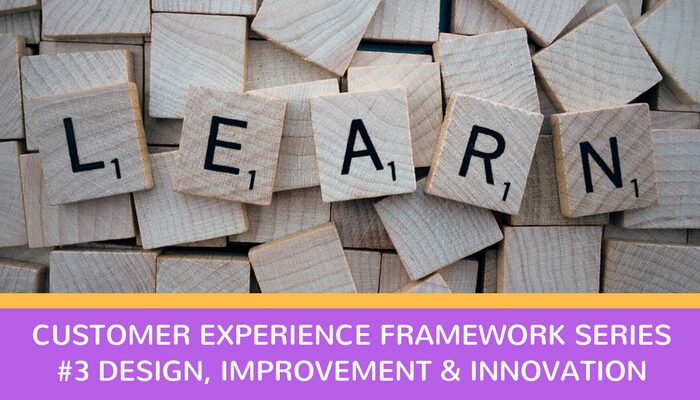

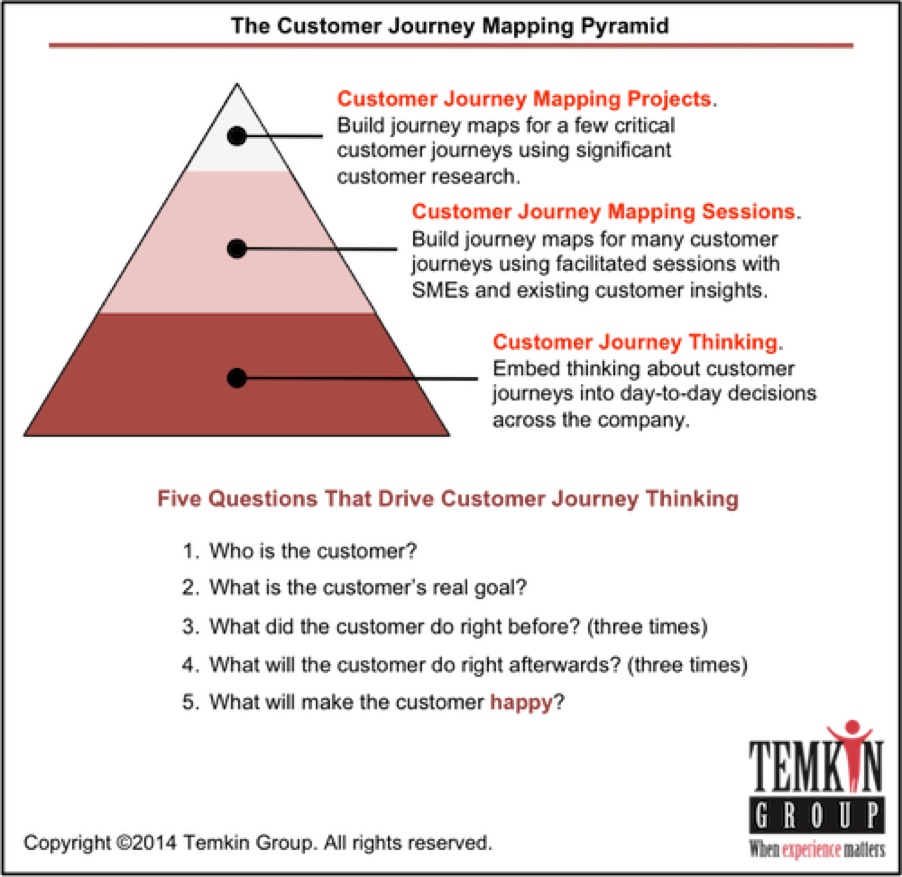
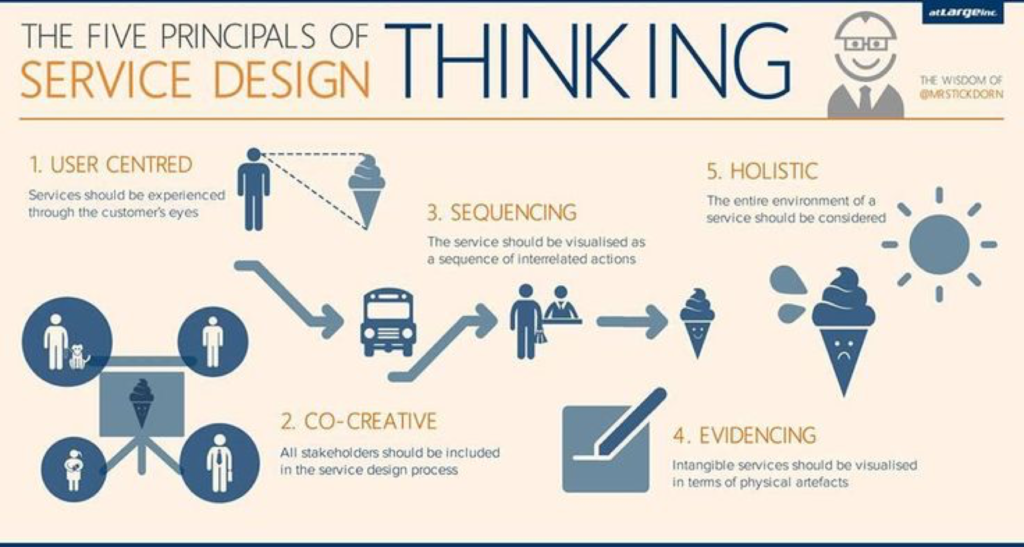
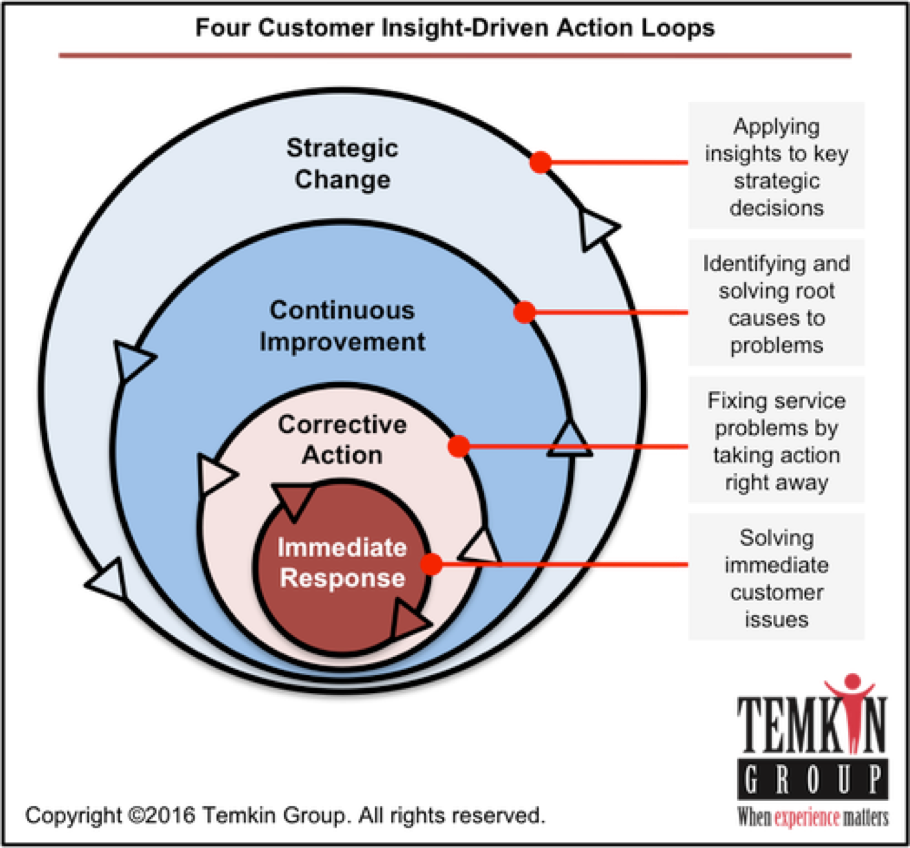
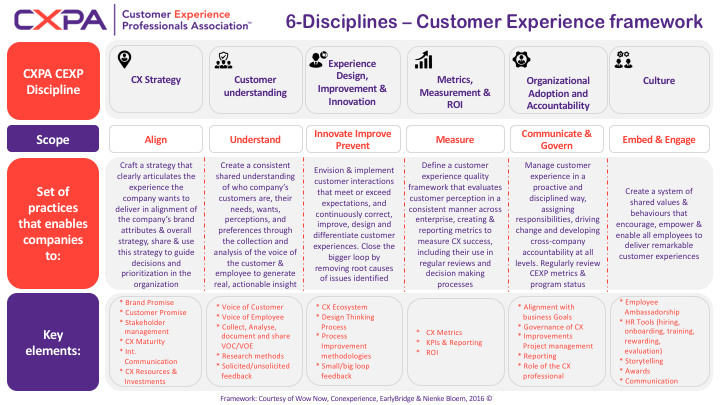
 A (little Italian) sunshine of energy, enthusiasm, and passion, with a mission to bring more happiness in the world one interaction at the time, the business world being my chosen playground!
I inspire and empower conscious leaders to nurture their happiness (moving from depleting to enriching emotions) and to move from depleting to enriching experiences, choosing, designing, and delivering WOW life-enriching interactions that contribute to everyone’s HAPPINESS, so they can achieve business and personal prosperity, making happiness their competitive advantage
A (little Italian) sunshine of energy, enthusiasm, and passion, with a mission to bring more happiness in the world one interaction at the time, the business world being my chosen playground!
I inspire and empower conscious leaders to nurture their happiness (moving from depleting to enriching emotions) and to move from depleting to enriching experiences, choosing, designing, and delivering WOW life-enriching interactions that contribute to everyone’s HAPPINESS, so they can achieve business and personal prosperity, making happiness their competitive advantage 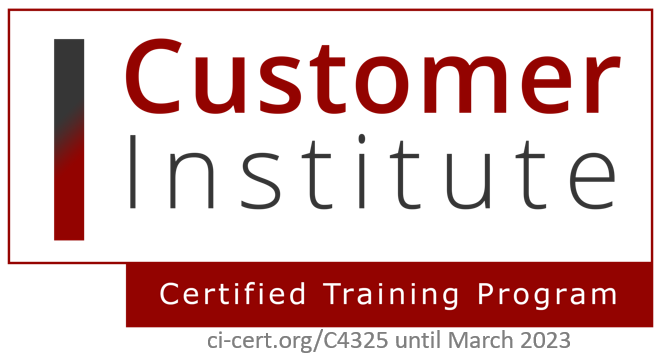

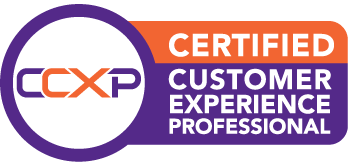





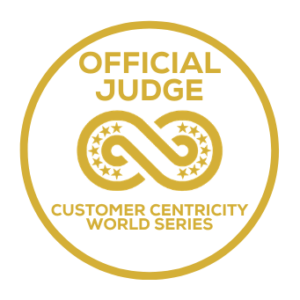
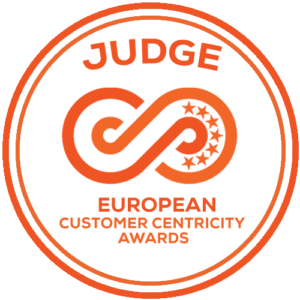
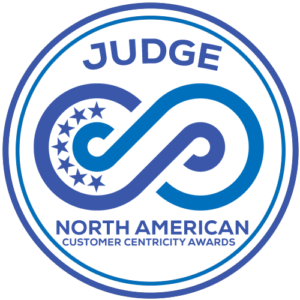
Great series, can’t wait to read #4
The insight 4 Customer Understanding related to archetypes is a nice basic approach. Rather than the various profiles in hats or colours you relate to basic feelings and no representation. Designing CX is an art which i will practice daily to polish and shine when needed. Finding this easy2read, i wil surely share posts on LinkedIn as well.
Rosaria, Nienke and Milou….Be well, healthy & happy
Thanks for your comment Getjan. Very happy to read you are enjoying the series. And yes, my approach focuses a lot on feelings and emotions so I scan for other frameworks that do the same. The archetypes framework is also easily recognisable and understandable and has proved very successful in contact center training (you can see an example of how Brand Biology applied it in this post https://wownow.eu/my-summary-of-satmetrix-net-promoter-conference-london-2015/ )
Blogpost 4 has been released, you can read the whole series here https://wownow.eu/category/cx-mc-series/